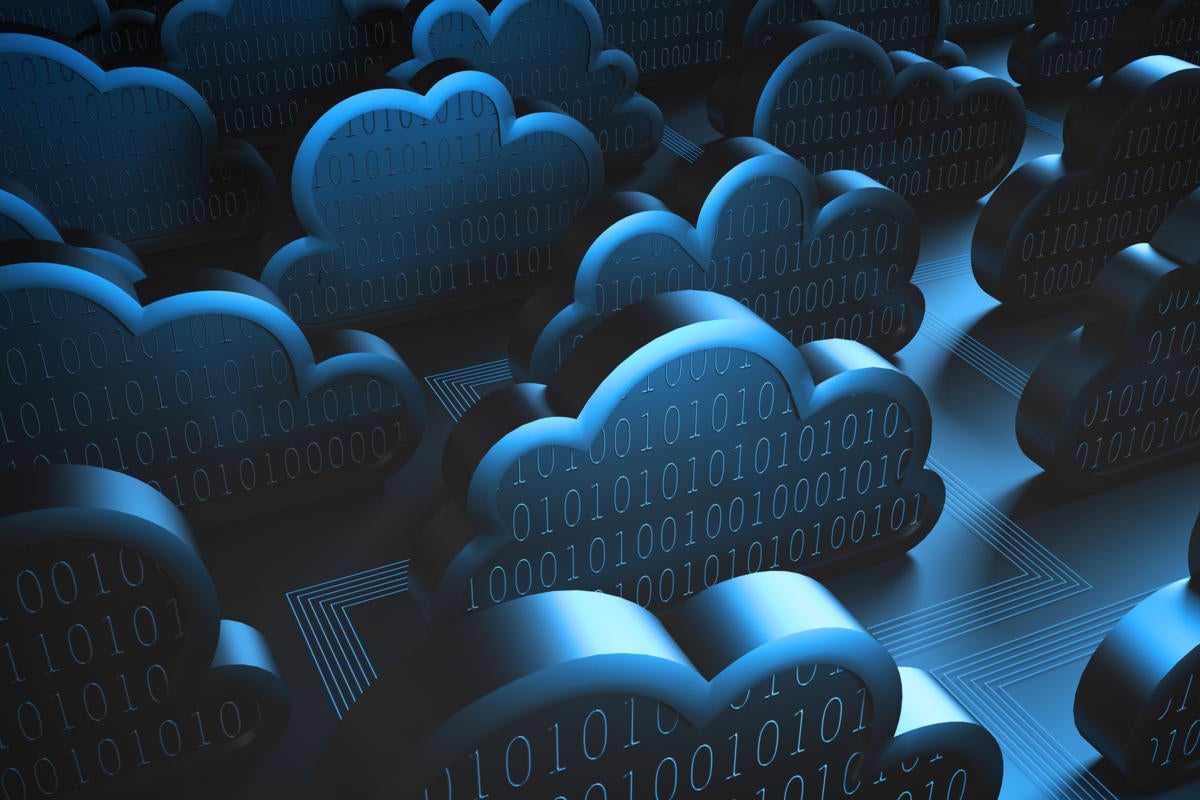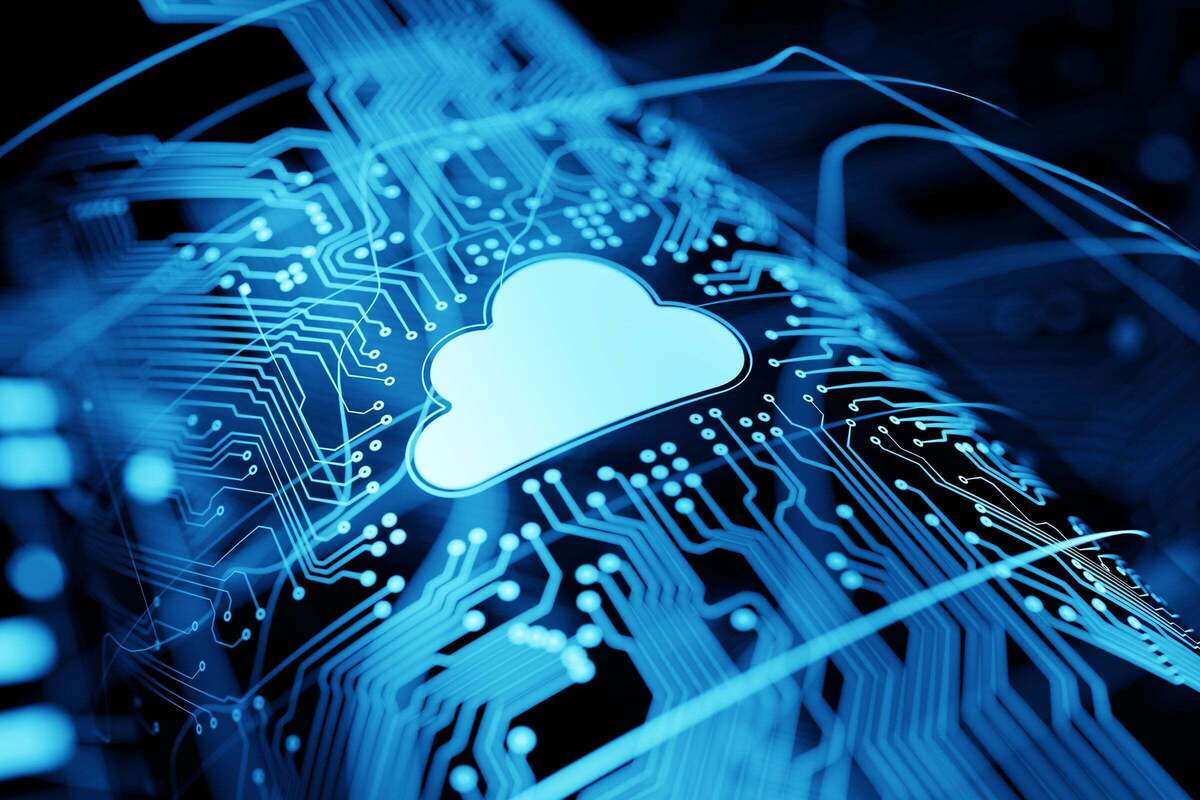Which cloud database should you use?
The fundamental principle of cloud systems is a focus on multiple, disposable, and replaceable machines. This has direct consequences for the implementation techniques, and therefore the capabilities of database systems implemented in the cloud.Traditional databases can be roughly classified as parallel-first (for example, MongoDB or Teradata) or single-system first (for example, PostgreSQL or MySQL), often with scale later (for example, Redshift, Greenplum). Each category has limitations inherent to its core design. The extent of these limitations is partially a function of maturity. However, for certain core architectural decisions, particular features may not be efficiently supportable.To read this article in full, please click here

The fundamental principle of cloud systems is a focus on multiple, disposable, and replaceable machines. This has direct consequences for the implementation techniques, and therefore the capabilities of database systems implemented in the cloud.
Traditional databases can be roughly classified as parallel-first (for example, MongoDB or Teradata) or single-system first (for example, PostgreSQL or MySQL), often with scale later (for example, Redshift, Greenplum). Each category has limitations inherent to its core design. The extent of these limitations is partially a function of maturity. However, for certain core architectural decisions, particular features may not be efficiently supportable.





































